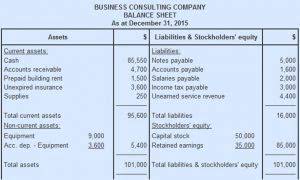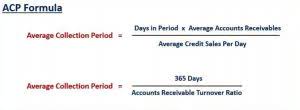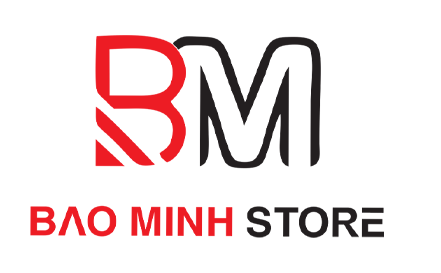Bookkeeping
Understanding Opening Balance Equity: A Guide for Financial Professionals

Opening balance equity is an account created by accounting software to offset opening balance transactions. – When you make the first entry in their accounting software and connect it with your bank to import all the transactions into the software, that is when this account is created. Clearing the OBE account ensures that all funds are correctly categorized under equity, liabilities, or retained earnings. This transparency builds trust among stakeholders and enhances the credibility of financial reports. QuickBooks automatically posts the offset to the Opening Balance Equity account if you enter an opening balance for an asset or liability account.
Common Issues with Opening Balance Equity

These adjustments are crucial for addressing discrepancies in the initial recording of transactions, thus establishing an accurate portrayal of the company’s financial position. By integrating adjusting entries, companies can effectively bridge the gap between Opening Balance Equity and retained earnings, resulting in a more cohesive and reliable what is opening balance equity financial statement. QuickBooks lets you have just one Opening Balance Equity (OBE) account for each company file. The software is built this way to help with setup and keep your balances in order. Having multiple OBE accounts can create confusion and mess up your financial reports. QuickBooks suggests using subaccounts or different equity accounts to track specific balances while keeping your OBE account accurate and simple.
- Once the setup is complete, QuickBooks transfers the OBE balance to retained earnings or equity accounts, ensuring your financial records are accurate and ready for use.
- Additionally, for businesses managing extensive sales transactions, PayTraQer offers an ideal solution by automating the synchronization of payment data between QuickBooks and your payment platforms.
- Accounts Receivable is the amount of money owed to a business by its customers.
- Zeroing out the Opening Balance Equity account is critical in maintaining accurate and professional financial records.
- – An opening balance that is incorrect if the bank reconciliation adjustments are not made properly.
Common mistakes to avoid
The opening balance equity account typically does not appear on financial statements like the balance sheet, so you might be unaware of its existence. Opening balance equity is an account created by accounting software in an attempt to balance out unbalanced transactions that have been entered. The software generates this number to show an accounting error or unbalanced debit or credit on the balance sheet. The Opening Balance Equity account is not included in regular financial statements like the balance sheet. It is generated automatically when setting up or adjusting your accounts in QuickBooks.

What is Opening Balance Equity in QuickBooks And How To Manage It?
In simple words, if a new post is added on the asset side of the balance sheet, the same amount usually goes on the other side of the equation. – This account is also created whenever a new vendor or a customer is added to the records. For instance, you can add an account receivable, opening a balance equity account for an outstanding balance. – There is a possibility that you use software but make the entries manually.

Cash Flow Statement

By effectively managing this element, companies can maintain the integrity of their financial data, which is crucial for informed decision-making and maintaining stakeholder trust. If it is not, this means an unbalanced or unaccounted-for entry in your balance sheet needs to be looked at closer. Owner’s equity is the proportion of company assets contribution margin that the business owners can claim.
- This ensures the OBE account no longer appears on future financial statements, providing a clear and accurate view of your business’ financial health.
- Thus, if you want to create a new asset account with a balance, you need to balance it out by the same amount on the other side of the equation.
- During the setup process, QuickBooks prompts you to enter the initial balances for your accounts, including balances for assets, liabilities, equity, income, and expenses.
- Opening Balance Equity is an account in the balance sheet that represents the initial investment made by the owner or shareholders to start a business.
- It is the initial phase where past financial information is integrated into new accounting systems, setting the stage for accurate and comprehensive financial reporting.
- This blog explores the concept of opening balance equity, its purpose, and how to effectively manage it to ensure professional and accurate financial statements.
- If the company has a checking account, the opening balance equity account should be adjusted to reflect the correct cash balance.
- This happens when you only import asset and liability accounts from your existing books to QuickBooks.
- This ensures your financial records remain updated in real-time, making tax compliance and financial reporting effortless.
- The audit process includes testing the transactions that reduce the Opening Balance Equity account.
You can effectively zero out the OBE account by following the outlined steps, including reviewing account balances, creating journal entries, and running financial reports. This initial balance is crucial in the accounting equation as it influences the balance sheet and affects the calculation of assets, liabilities, and owner’s equity. It is instrumental in Retail Accounting accurately portraying the true financial standing of the business, thereby enabling stakeholders to make informed decisions.


